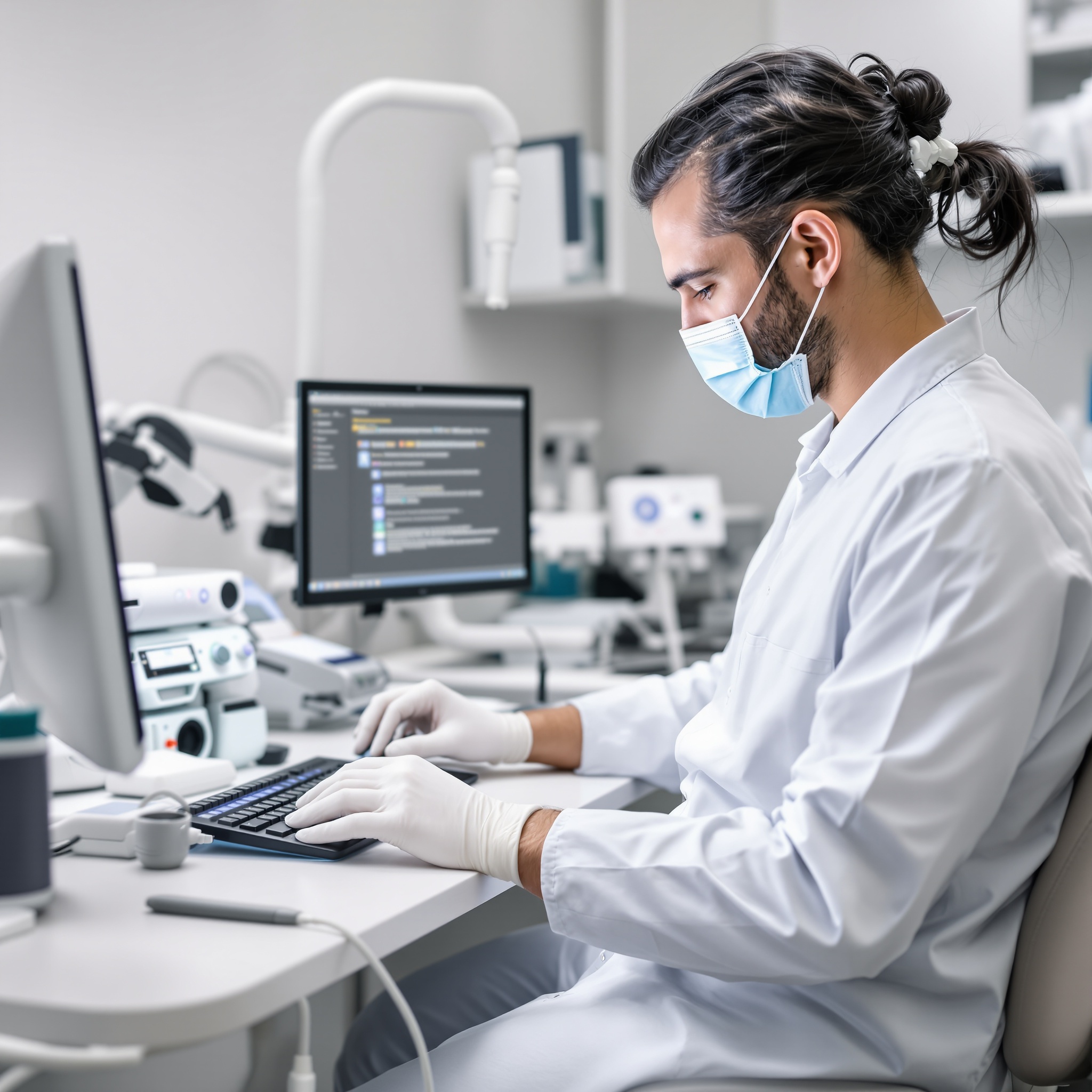The world of dentistry is undergoing a profound transformation, driven by rapid technological innovation. From diagnostic tools to treatment methodologies and practice management, technology is reshaping every aspect of dental care. For practitioners and patients alike, embracing these advancements means more accurate diagnoses, less invasive procedures, improved comfort, and ultimately, better oral health outcomes. This post explores the key technologies defining modern dentistry and how they are enhancing the patient experience and clinical efficiency.
Digital Imaging and Diagnostics
Gone are the days of uncomfortable, blurry X-ray films. Digital radiography has revolutionized diagnostic imaging in dentistry:
- Digital X-rays: Provide immediate, high-resolution images with up to 90% less radiation exposure compared to traditional film X-rays.
- Cone Beam Computed Tomography (CBCT): Offers 3D imaging for precise planning in implantology, endodontics, and oral surgery, allowing dentists to view anatomical structures in detail.
- Intraoral Scanners: Replace messy traditional impressions with digital scans, improving accuracy and patient comfort during procedures like crowns, bridges, and aligners.
These tools not only enhance diagnostic capabilities but also facilitate patient education by making it easier to visualize and explain conditions and treatment plans.
CAD/CAM Technology
Computer-Aided Design and Computer-Aided Manufacturing (CAD/CAM) systems have made same-day restorations a reality. With in-office milling units, dentists can now design, fabricate, and place crowns, inlays, onlays, and veneers in a single visit.
Benefits include:
- Elimination of temporary restorations and multiple appointments
- Precision-fit restorations that enhance longevity and function
- Greater control over the aesthetic outcomes
Laser Dentistry
Lasers are increasingly used for a variety of soft and hard tissue procedures, offering a less invasive alternative to traditional drills and scalpels. Applications include:
- Cavity detection and preparation
- Gum disease treatment
- Biopsies and lesion removal
- Teeth whitening
Laser procedures often result in reduced pain, minimized bleeding, and faster healing times, improving the overall patient experience.
Teledentistry
The rise of telehealth has extended to dentistry, making care more accessible. Teledentistry allows for:
- Virtual consultations and follow-ups
- Remote monitoring of orthodontic treatment
- Triaging emergencies and providing preliminary advice
This technology is particularly valuable for patients in rural areas, those with mobility issues, or during situations that limit in-person visits.
Practice Management Software
Behind the scenes, advanced software systems streamline administrative tasks and enhance patient communication. Modern practice management platforms integrate:
- Electronic health records (EHR)
- Appointment scheduling and reminders
- Billing and insurance processing
- Patient portals for easy access to records and communication
These systems improve efficiency, reduce errors, and allow the dental team to focus more on patient care.
3D Printing
3D printing is rapidly becoming a staple in dental labs and practices. It is used to create:
- Surgical guides for implant placement
- Custom trays for impressions and whitening
- Temporary crowns and bridges
- Dental models for treatment planning
This technology allows for rapid prototyping and customization, reducing costs and wait times for both dentists and patients.
The Patient Benefits: A Summary
Ultimately, the integration of technology in dentistry translates to significant benefits for patients:
- Enhanced Comfort: Less invasive procedures and reduced appointment times.
- Improved Accuracy: Precise diagnostics and treatments lead to better outcomes.
- Greater Convenience: Options like same-day restorations and teledentistry.
- Increased Engagement: Visual tools help patients understand and participate in their treatment plans.
Embracing the Future
The pace of technological change in dentistry shows no signs of slowing. Emerging fields like artificial intelligence (AI) for diagnostic support, augmented reality (AR) for patient education, and further advancements in biomaterials are on the horizon.
For dental practices, staying current with these technologies is no longer optional—it's essential for providing top-tier care, remaining competitive, and meeting the evolving expectations of patients. By embracing innovation, the dental community can continue to improve oral health care delivery, making it more effective, efficient, and patient-friendly than ever before.
Is your dental practice leveraging the latest technology? Share your experiences or questions in the comments below!
